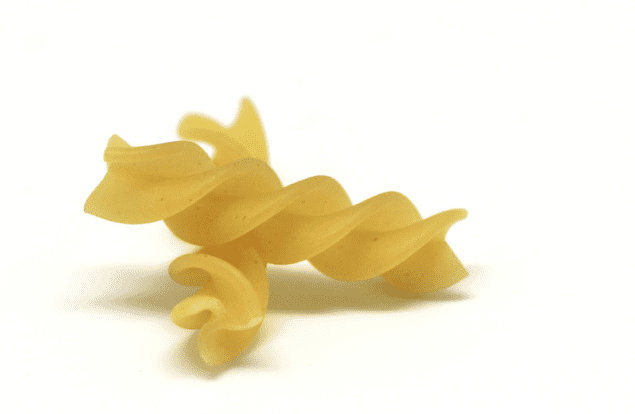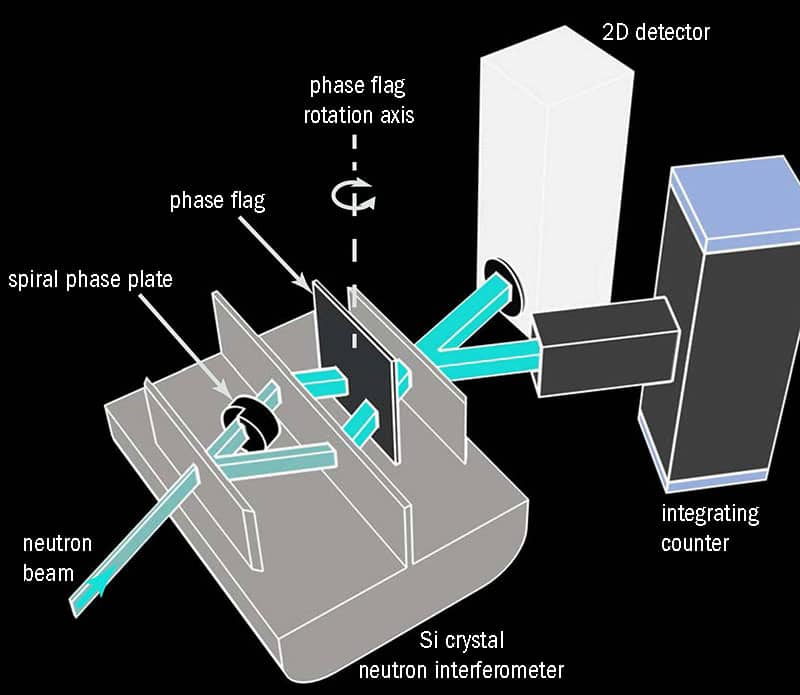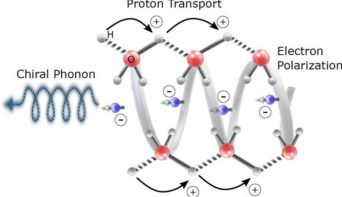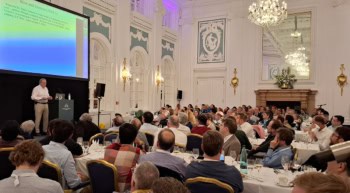
Physicists in the US have cast doubt on a 2015 report that neutrons with orbital angular momentum (OAM) were created and characterized in the lab.
Ronald Cappelletti, Terrence Jach and John Vinson of the National Institute of Standards and Technology (NIST) in Gaithersburg Maryland have calculated that neutron interference effects measured by Dmitry Pushin and colleagues at the University of Waterloo, NIST’s Joint Quantum Institute in Maryland and Boston University are not related to neutron OAM.
Writing in Physical Review Letters, Cappelletti, Jach and Vinson also argue that the technique developed by Pushin’s team is extremely inefficient at creating neutrons with OAM.
Do the twist
Physicists know that particles such as photons and free electrons can have orbital angular momentum. This is a quantum-mechanical effect whereby the wavefront of the electron, for example, twists around its direction of propagation like a spiral of fusilli pasta.

How to put neutrons into a twist
Three years ago, Pushin and colleagues did an interferometry experiment that involved splitting a beam of slow-moving “cold” neutrons so that they travelled along two different paths. In one path they placed a spiral phase plate (SPP), which is a coin-sized piece of solid aluminium that resembles one twist of a spiral ramp. The other path was free of any objects. Neutrons travelling down the two paths were recombined and the quantum interference was measured. The neutron flux was set so low that the experiment was essentially measuring the interference between individual neutrons in a superposition of having taken the two different paths.
When a neutron travels through aluminium, its speed changes slightly. The spiral nature of the SPP and the fact that the neutron has a wavefront that extends over space mean that the shape of the wavefront changes as the neutron passes though the SPP. Pushin and colleagues argued that this imparted OAM to the neutrons – something that had already been seen for laser light passing through SPPs – and that evidence of neutron OAM was apparent in the resulting interference pattern.
Short on coherence
Cappelletti, Jach and Vinson have now, however, done calculations that they say show that the experiment actually measured phase-contrast interference, which has nothing to do with OAM. They point out that the neutrons used in the experiment had wavefronts that extend coherently about 5 µm in the direction transverse to their motion. This, the trio argues, is much too small relative to the size of the SPP for OAM to be imparted to the vast majority of neutrons passing through the apparatus. They point out that this size mismatch does not occur in SPP-laser experiments, where the coherence of the laser beam extends across the SPP.
The trio then went on to calculate that only about one in a million neutrons would acquire OAM in the 2015 experiment, which is too low to be measured. This number, they calculate, could however be boosted significantly if the neutron coherence length and the SPP were matched in size.



